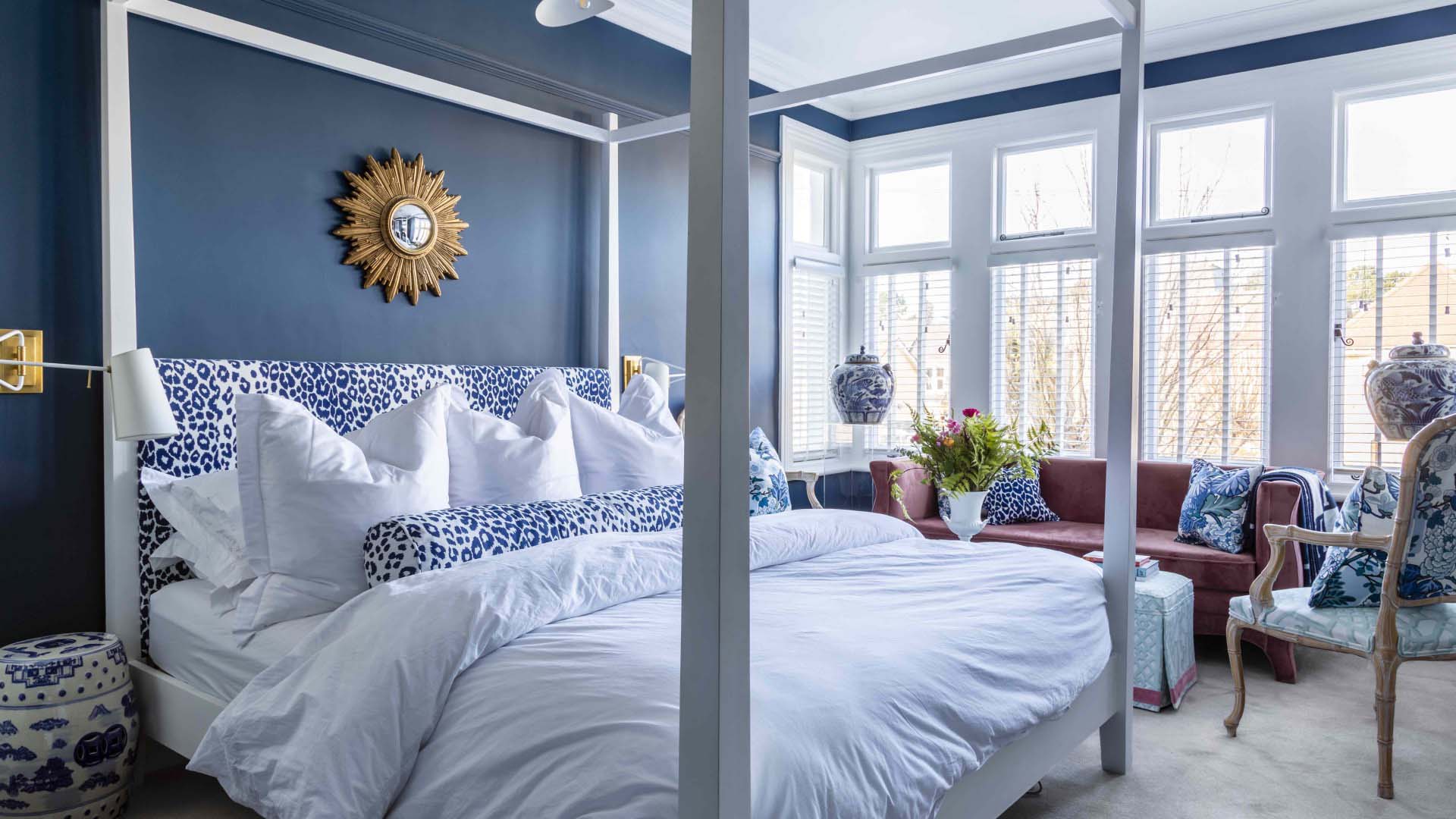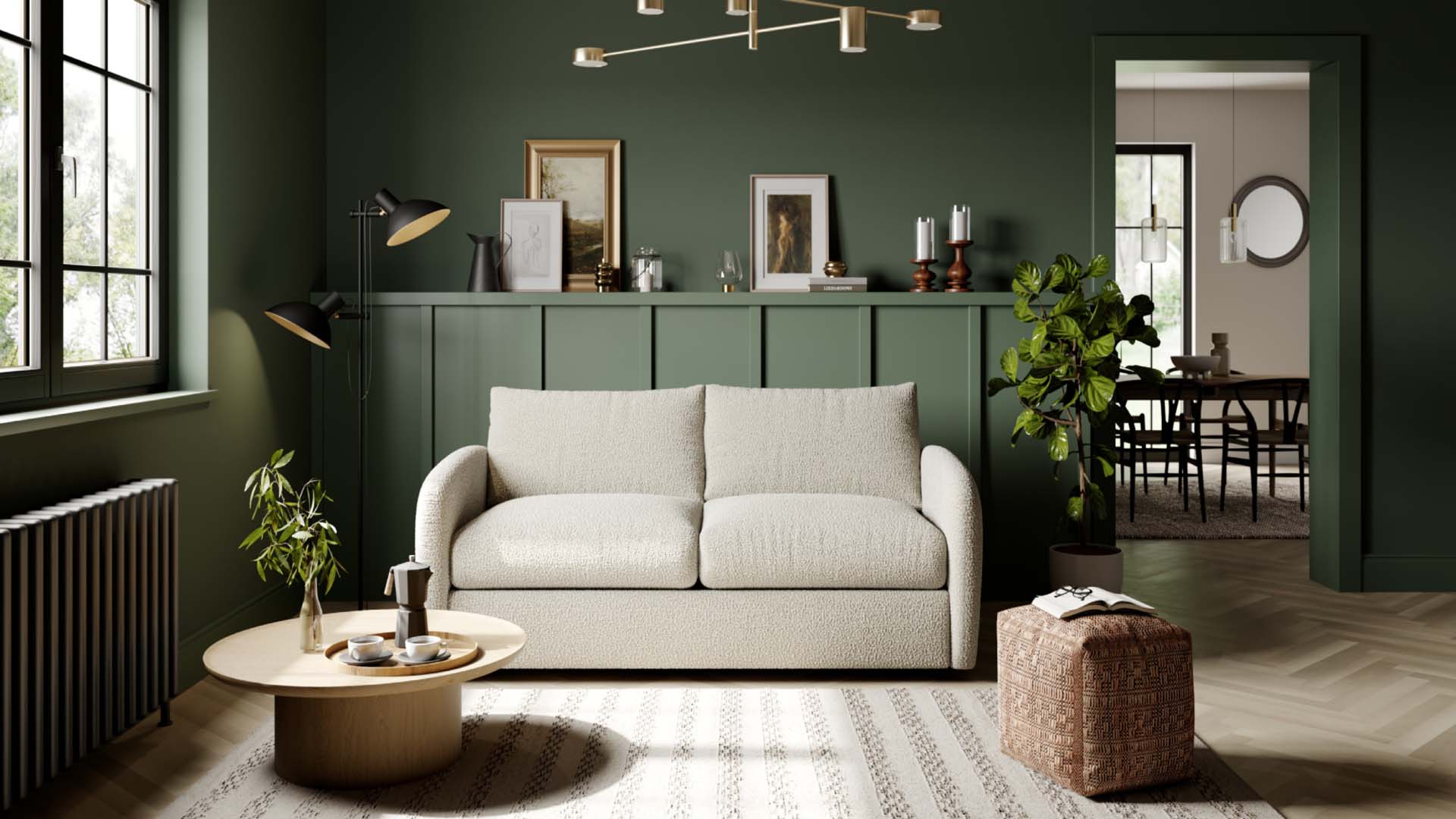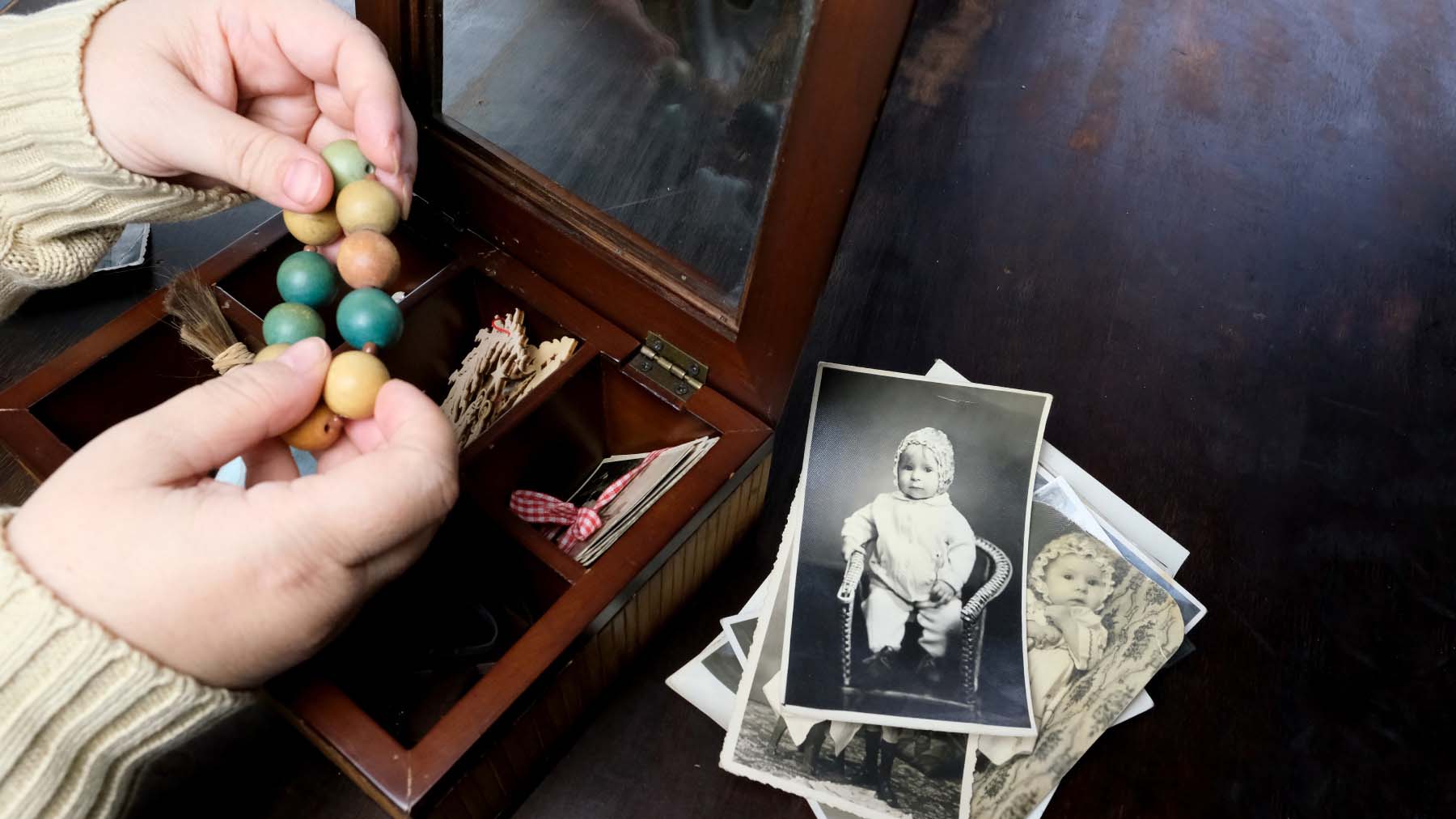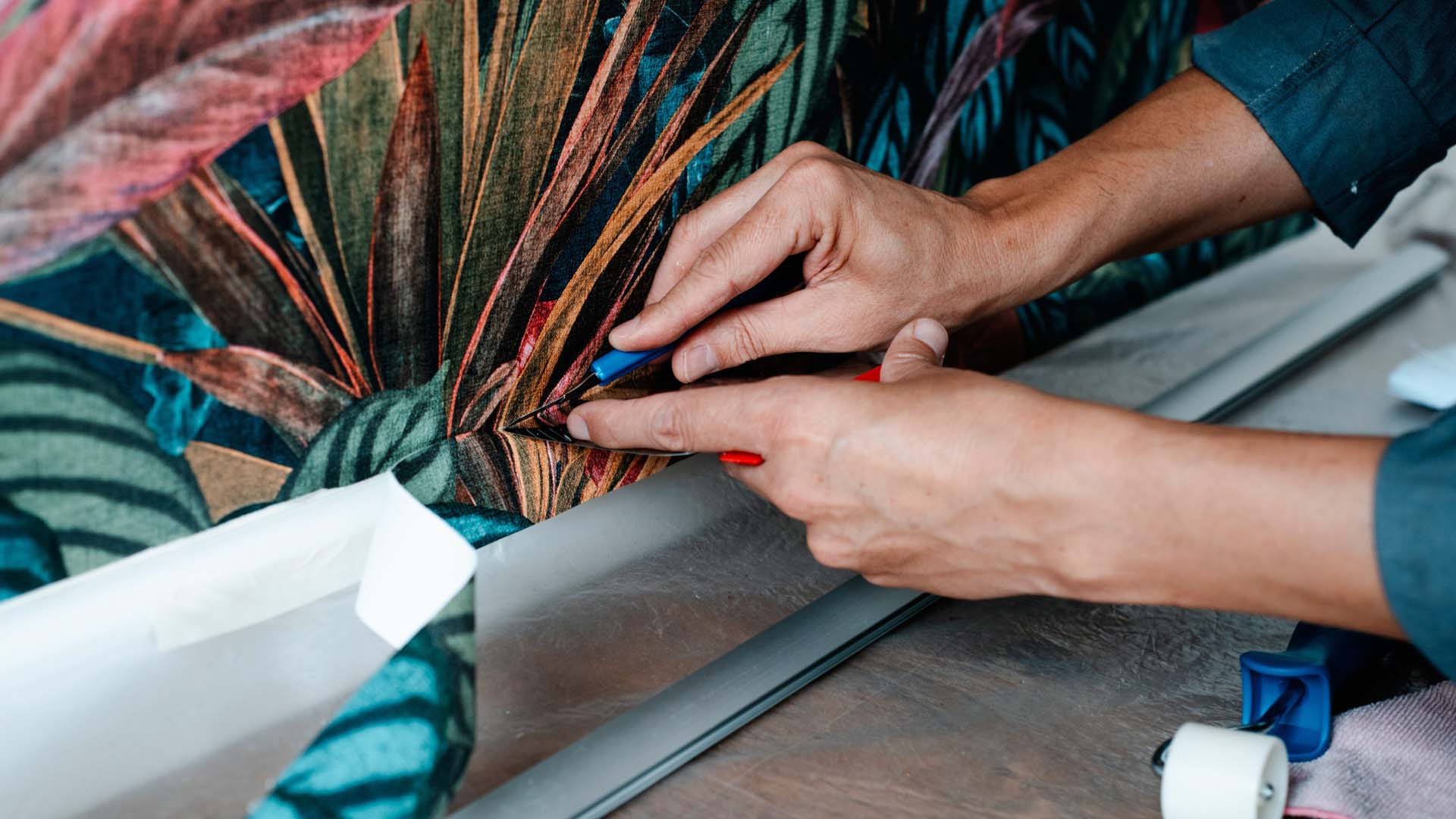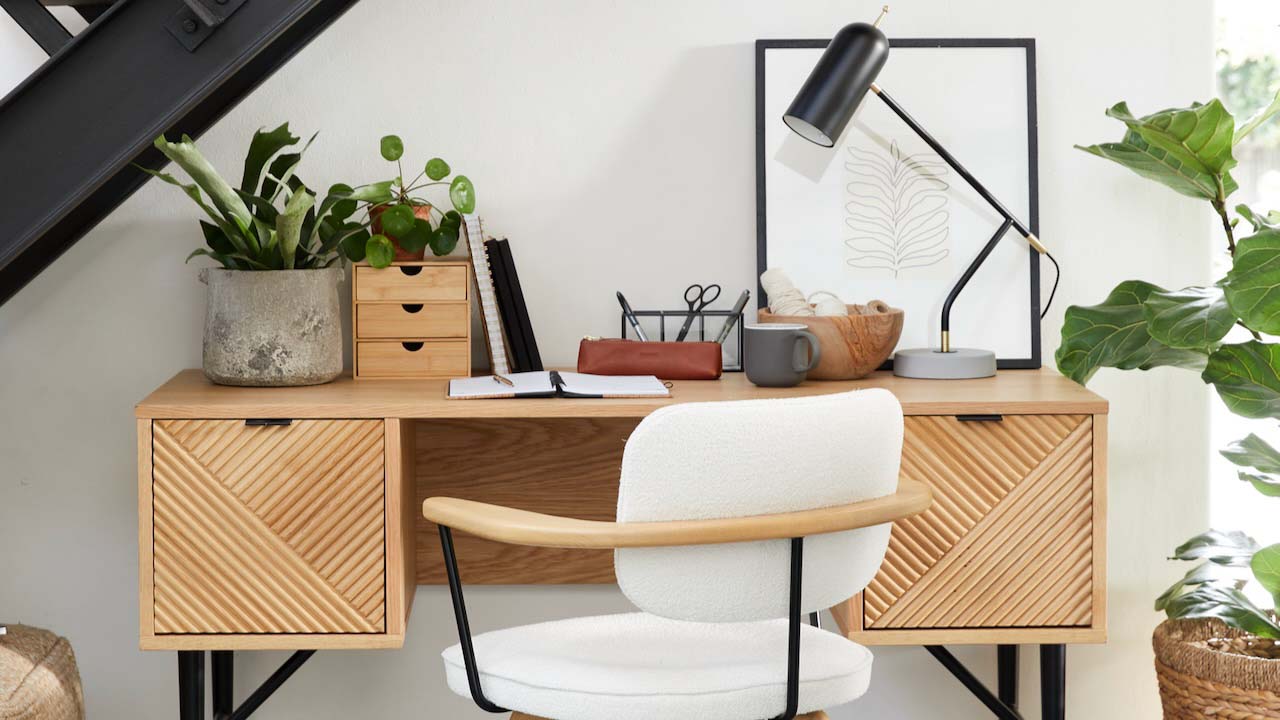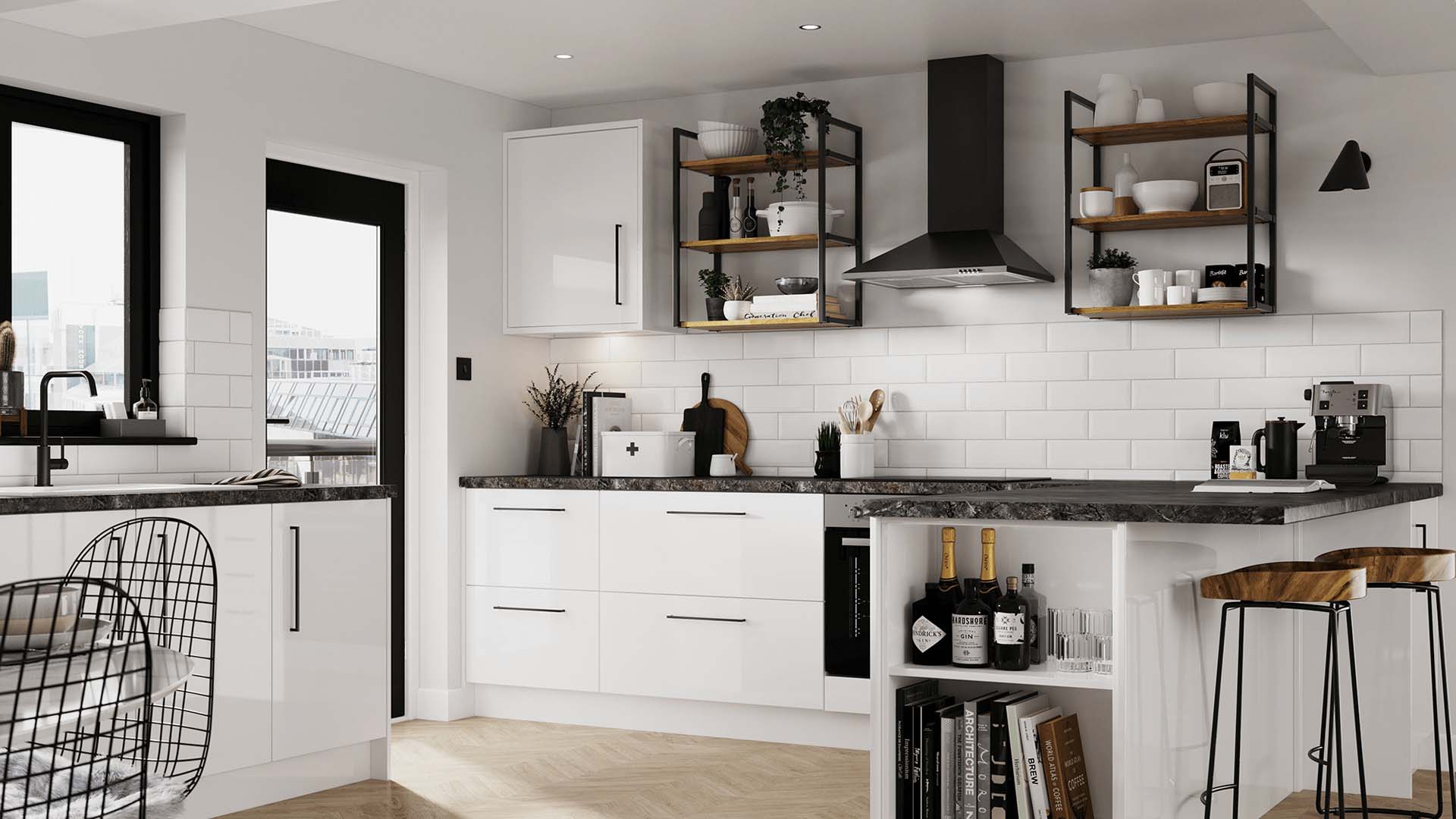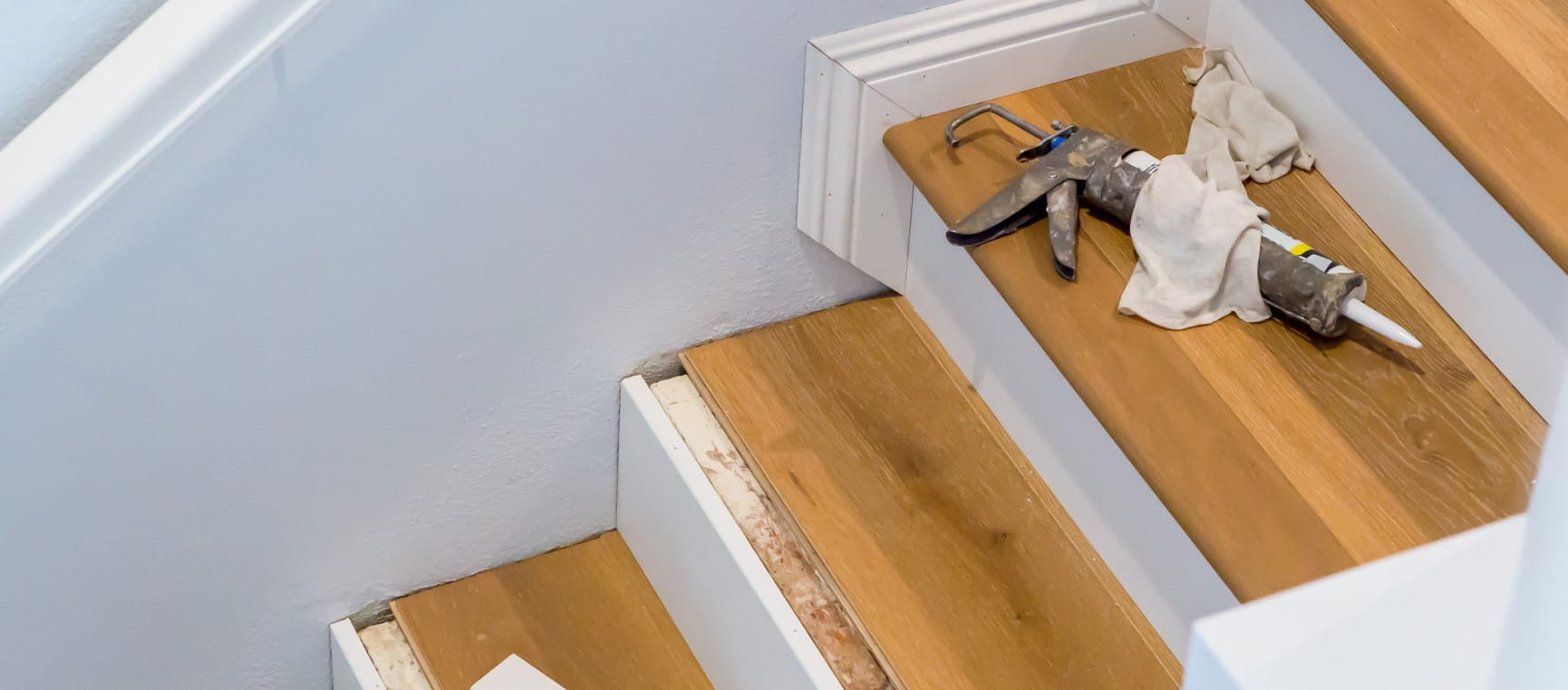
As the saying goes, you only get one chance to make a first impression – and the same applies to our home.
For most of us – at least, those of us who don’t live in a flat or a bungalow – the first thing you see when you step into your house is an entrance hallway and a flight of stairs.
So what does it say about that house? Does it feel warm and welcoming? Or purely functional and slightly neglected?
If your stairs have seen better days and aren't quite satisfying your “welcome home” vibes, our eight top tips on how to renovate a staircase will help you create a true stairway to heaven.
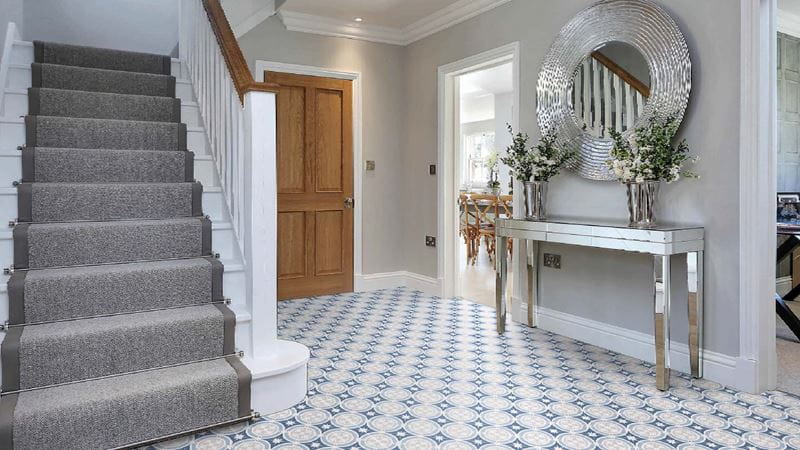
Squeaky stairs can be an issue both in new homes and period properties, and are only ever good for hearing teenagers sneak in after midnight. But if you’re past that stage of life, those squeaks do need sorting.
So how can you renovate a staircase to tackle this issue? Your first task is to remove the carpet (if there is one), so it’s the perfect job to tackle when you’ve already decided to renovate or update the staircase.
Updating a tired stairway carpet with a brand-new one is a surefire and relatively cost-effective way to renovate a staircase.
With mid-range carpets from around £20 per sq m; premium ranges at £40-50 per sq m, rising to well over £100 per sq m for designer luxury, there’s something for every budget.
Underlay, grippers and fitting will all add to the cost, so don’t forget to factor in these extras. Do make sure you choose a carpet that will withstand being in a high-traffic area. You don’t want to be changing it again in a year or two because it’s worn down, so opt for something tough and durable enough to last.
Nylon carpets are very hardwearing, berber carpets are durable and tough due to a tight short loop pile, although if you prefer something natural, wool is a good option.
Leave carpet laying to a professional
Laying carpet is probably best left to a carpet fitter, unless you’ve done it before. It’s a strenuous job with a lot of time spent on your knees laying grippers, underlay and the carpet itself.
A professional would be able to renovate a staircase, laying a new carpet on the stairs and landing in a day or two.
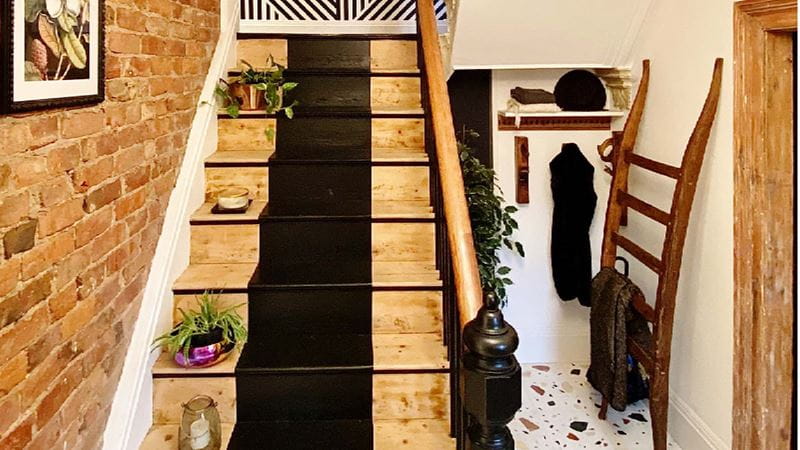
Apart from lifting an old carpet and replacing it, there’s the option of painting the whole staircase. I’ve done this with my own one – it’s now a combination of stripped wood and a matt black painted “runner”.
Do bear in mind that in reality painted stairs are far noisier than carpeted, from both the creak and the footfall perspective, so if your staircase is in constant use it may not be the best option.
A decent eggshell paint is best for longevity on stairs. I applied a matt lacquer over my black paint, because as a household we wear heavy work boots, but I only have to touch it up every couple of years.
If you’re a “shoes off” family, then using modern hardwearing paints will probably see your stairs last for several years without needing much attention. You could also add vinyl decals to the stair risers – an easy DIY job to do over a weekend.
Carpet will give better grip than painted stairs
Unlike carpet, a painted stair is more slippery. This is definitely a consideration and we’ve learnt to be careful when dashing down to answer the door, and never to run down wearing socks, as you could have a nasty fall.
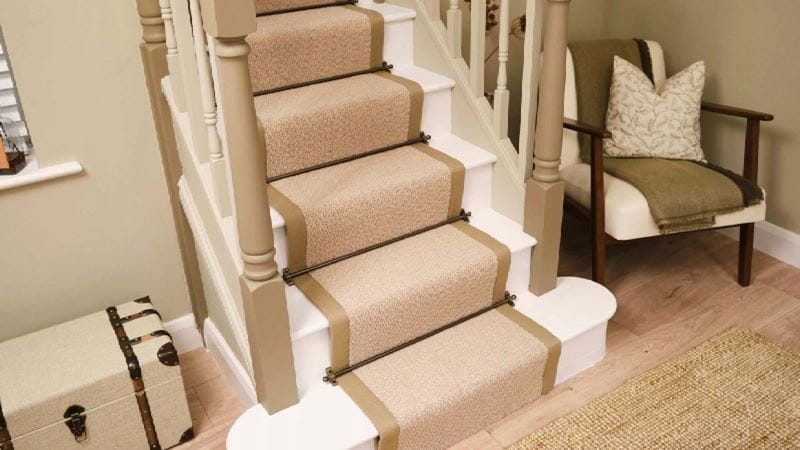
If you have a timber staircase that’s constructed from old pine, and it’s good and solid, then you could opt to have a runner carpet up the middle, leaving the sides varnished or painted. This look works wonderfully in a period home.
Stair rods (or bars) can add interest and detail to the staircase, but you can have a runner installed without them – it’s purely a matter of taste.
Runners can be very expensive when bought bespoke, but you can have any carpet “whipped”. This is where the edge of the carpet is overlocked with yarn for a professional edge finish. This kind of runner design looks amazing when the edges of the stairs are painted to match your decor.
Independent carpet fitters/shops usually have a contact for a “whipper” and some offer the service. Ring them and ask.
Some “wooden” stairs aren’t tough enough to have on show
In newer houses the staircase construction is often new pine or MDF and isn’t designed to be on show.
These softer materials don’t survive the knocks and bangs of heavy wear like the slower grown pine of older houses do, meaning carpeting the whole tread is the better choice.
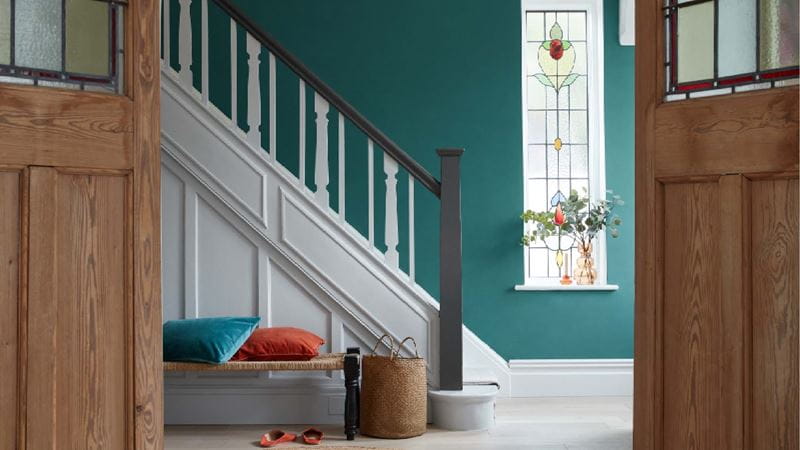
The spindles or balusters of a traditional staircase are the vertical timber posts rising from the base rail of the staircase up to the handrail. The balustrade is the collective name for all these elements, and altering parts or all of it has a dramatic effect on the visuals of a staircase.
For wooden balustrades, paint can be transformative and is a relatively straightforward job on stripped timber – but, let’s face it, the timber is rarely stripped ready. Burning off old paint with a heat gun is laborious, and can be dangerous if the paint is old and contains lead, so be prepared to wear a face mask and for some hard work.
The alternative is calling in a decorator, but this could set you back hundreds of pounds.
However, rather than sanding every individual spindle, a shellac primer such as Zinsser B-I-N (Amazon, £23) works a treat. Then apply a water-based topcoat in your chosen colour.
Most good brands now offer super-durable water-based matt wood paints, so the choices are extensive. Maybe think about painting the base rail, stringers (the support boards that run along each side of the staircase) and spindles, but for a contrast strip the handrail and stain or varnish it.
I’ve recently specified this combination in a period house and it looks stunning, adding the warmth of real wood to a neutral palette of colours.
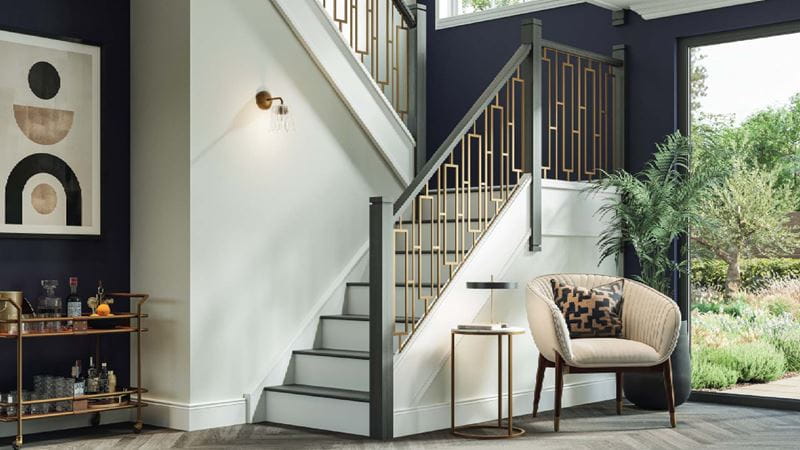
Sometimes a house update like a staircase requires a more drastic change – perhaps if the balusters are broken, damaged or just unsuitable. I’d advise all but the most experienced DIYers to leave this job to an experienced joiner, quite simply because it’s complex and requires the skills of a professional.
Another key point to mention is that accidental damage caused by DIY might invalidate your home insurance, so call in a professional with liability insurance for peace of mind.
Do spend time thinking about the age, style and interior of your house before choosing an appropriate type of wood and decorative style – with an investment that could set you back several thousand pounds, it needs to stand the test of time and still look as good in 20 years, or more!
How decorative are your skirtings and architraves? If they are detailed, a more ornate style of spindle may suit. When was your property built and are you looking to bring back lost architectural features? If so, then choosing something period appropriate for your staircase is a good idea.
Bear in mind when budgeting that plain pine will need painting, or bare oak will need varnishing for protection, which adds to the cost. Some spindles come ready primed, which saves on time-consuming decorating work.
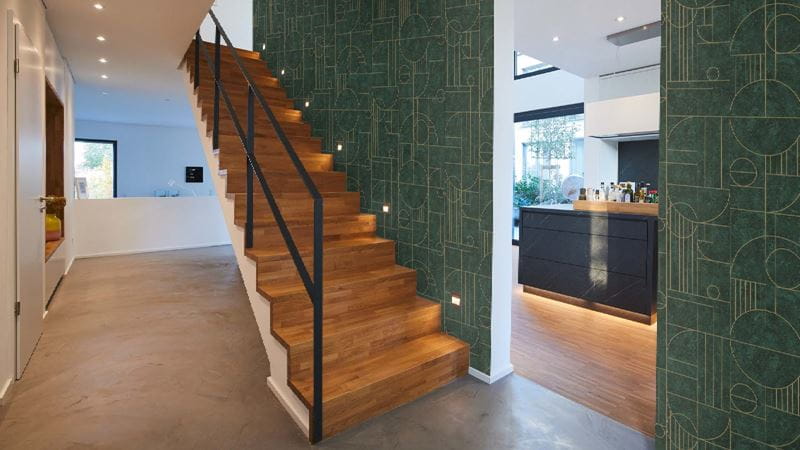
One option to consider – if the treads and risers are in poor condition and an oak finish suits your aesthetic – is a cladding system designed to fit directly over each stair of an existing staircase (see The Heritage Collection or StairBox).
This is relatively straightforward for a decent DIYer to attempt if the staircase is enclosed by two walls. However, if your staircase has intricate cuts and handrails, it’s best left to a professional.
Follow the building reg rules
Be mindful of the rules on height, which state that each riser must be between 150mm (5.9in) and 220mm (8.67in) high, and all should be equal.
You can find all the necessary compliance information in Section K of the current building regulations.
We haven’t touched on full staircase renovations here, a favourite trick of several of the architects on the BBC’s Your Home Made Perfect, a show I worked behind the scenes on recently.
Moving a staircase can really unlock the potential of a house layout. The stairs in a narrow terraced house, for example, tend to be steep. Flipping or reversing the staircase could reduce how steep they are, especially if you introduce a plinth or three step winder at the bottom.
Moving a staircase as part of a remodel or extension, for example, could give you wider rooms downstairs or better circulation space in your hallway.
So, if you’ve considered all of the above and still feel a trick is being missed, maybe it’s time to appoint an architect to assess a more radical approach and take on a full staircase alteration.
Sian Astley is a renovation expert and interior designer with over 25yrs experience in the world of property. She was the project manager to launch the BBC’s Your Home Made Perfect and an on-screen interior designer for DIY SOS’s Big Build. Self managing 17 rentals and 2 Airbnbs, 2023/4 will bring a new build and designs for a new city centre restaurant. Find her at @makeitmoregeous on Instagram.
View author page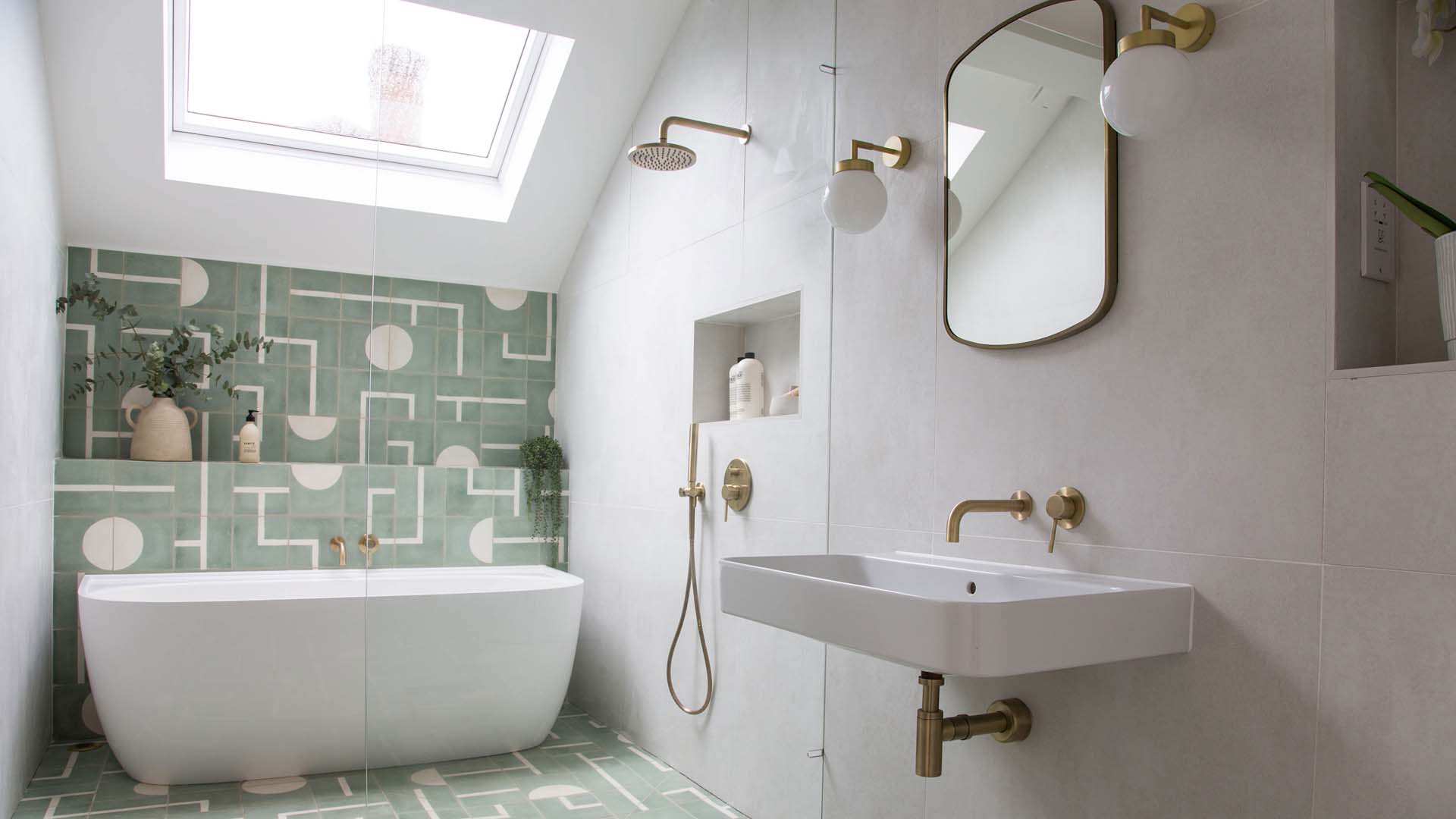
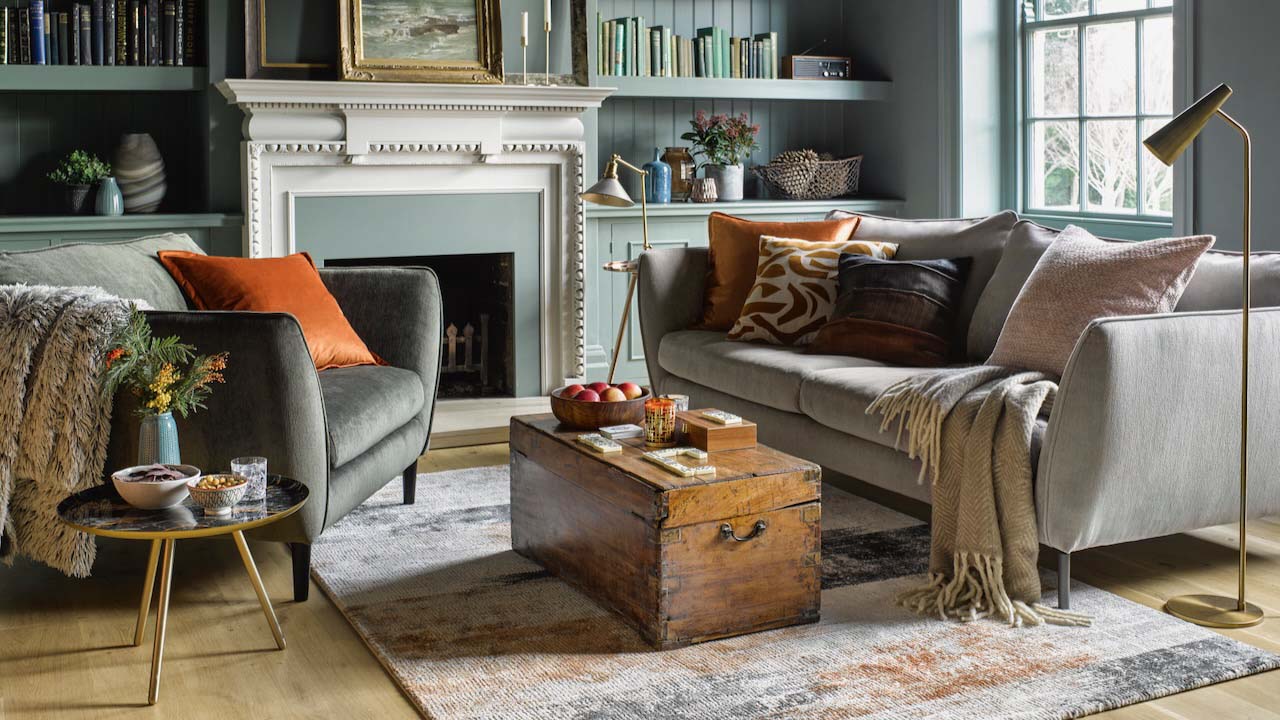
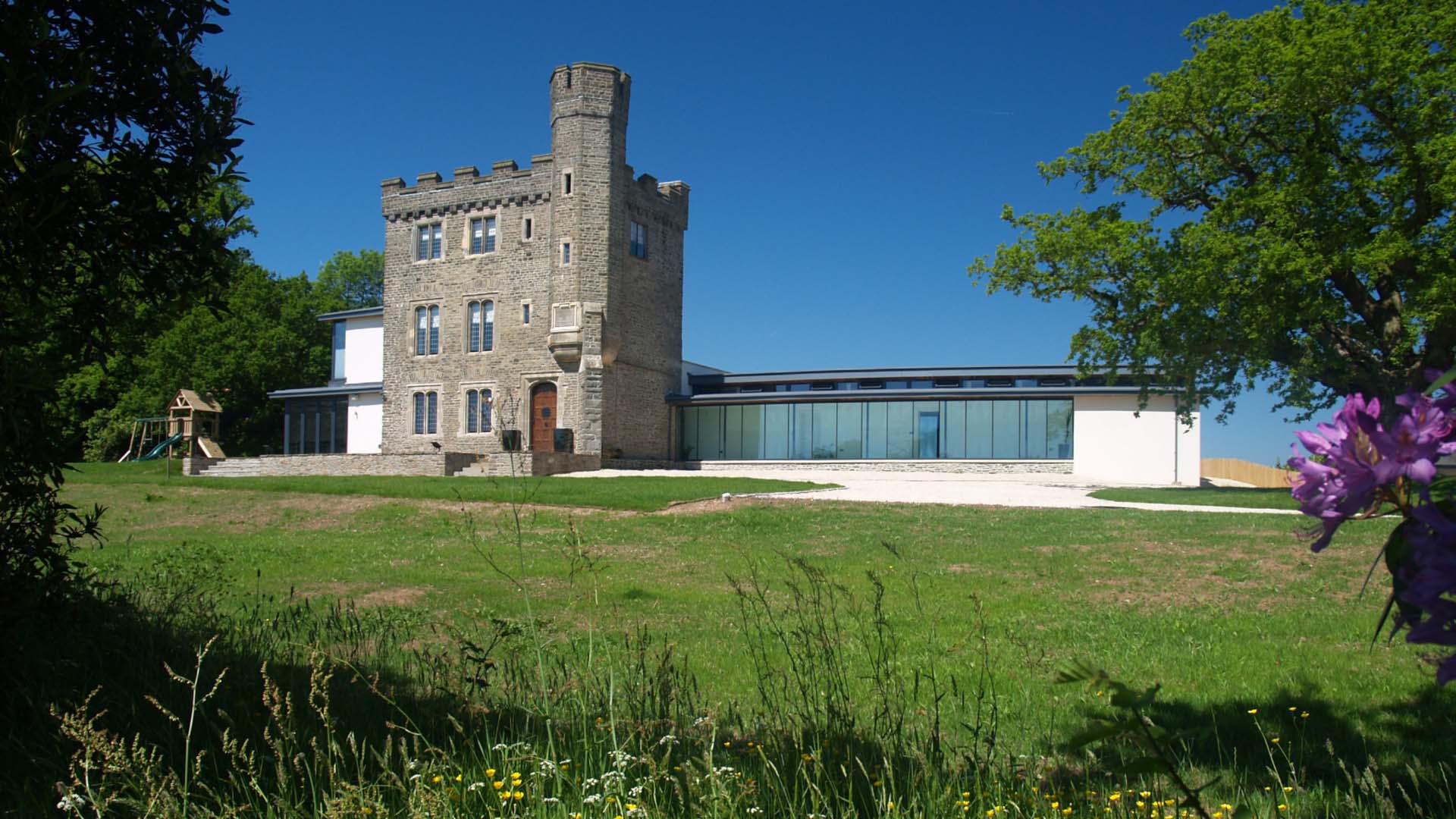
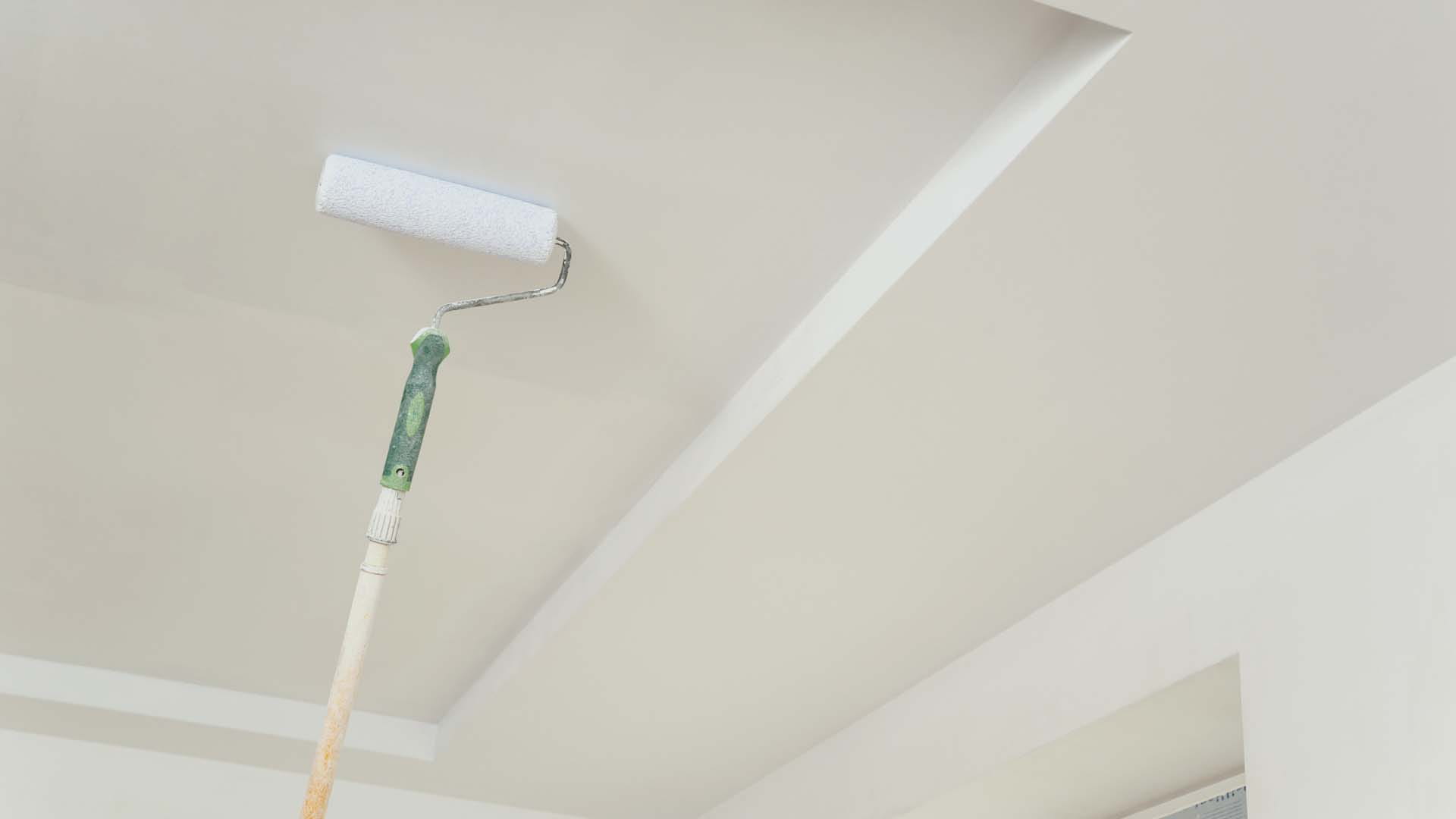
The best advice on preparing and painting your ceiling from a professional.
